To provide observations and information on the emerging fields of landscape scale conservation, heritage preservation, and sustainable community development.
Newsletter
Stay up-to-date with the latest nature, culture and community news.
We won’t spam you or share your information. Newsletters are sent approximately 10 times a year. Unsubscribe at any time.
Federal Budget: First Look is not Promising
First State, Lasting Impacts
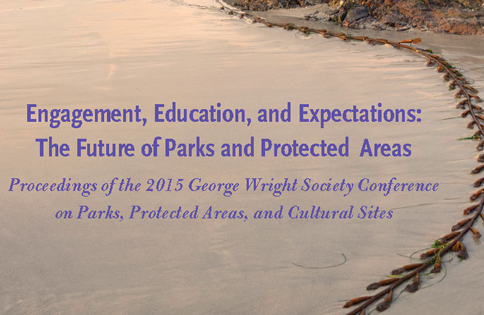
The Value of the George Wright Society Conference
The events of the past year, along with the ongoing crisis of global climate change, all underscore the need for a robust system of protected areas that can serve as sites of dialogue, research, and rejuvenation. But how do we ensure that these sites, which vary tremendously in their scale and their approaches to land management, remain connected to one another? What mechanisms can be put in place to facilitate knowledge exchange among staff, partners, and volunteers? And how can we continue to bridge the artificial divides of science / humanities and nature / culture that (still) remain so pervasive?
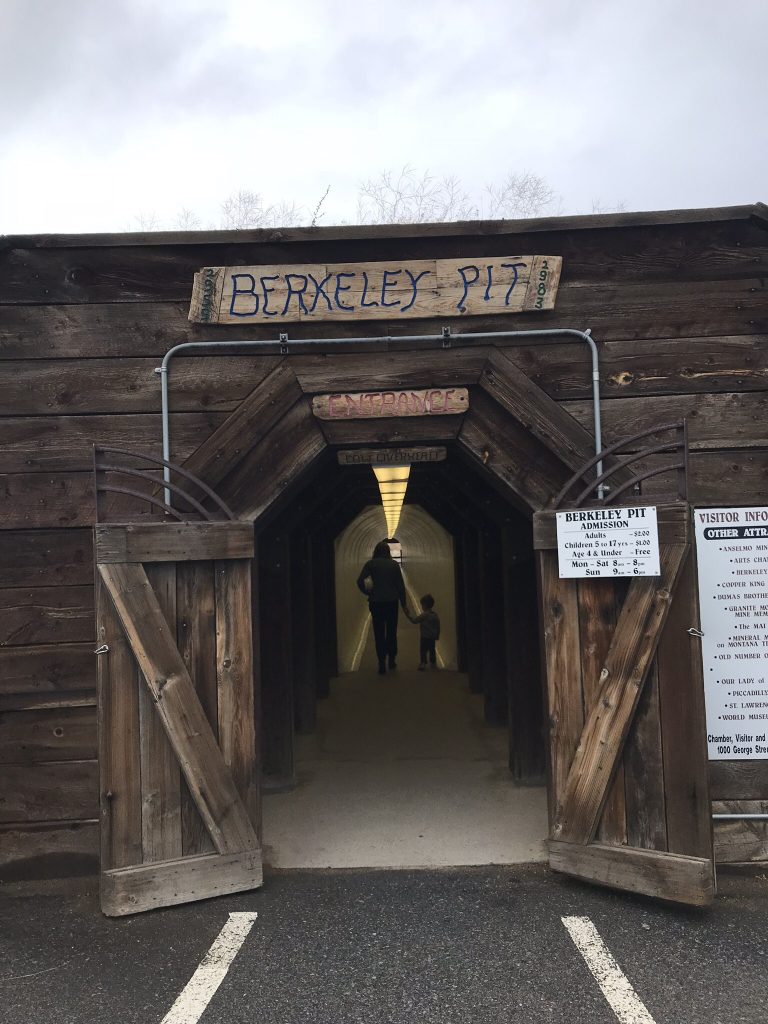
Interpreting histories of pollution
Do we need more historic sites that addresses the effects of pollution as well as remediation on the landscape. The Berkeley Pit in Butte, Montana provides one example of this type of location.
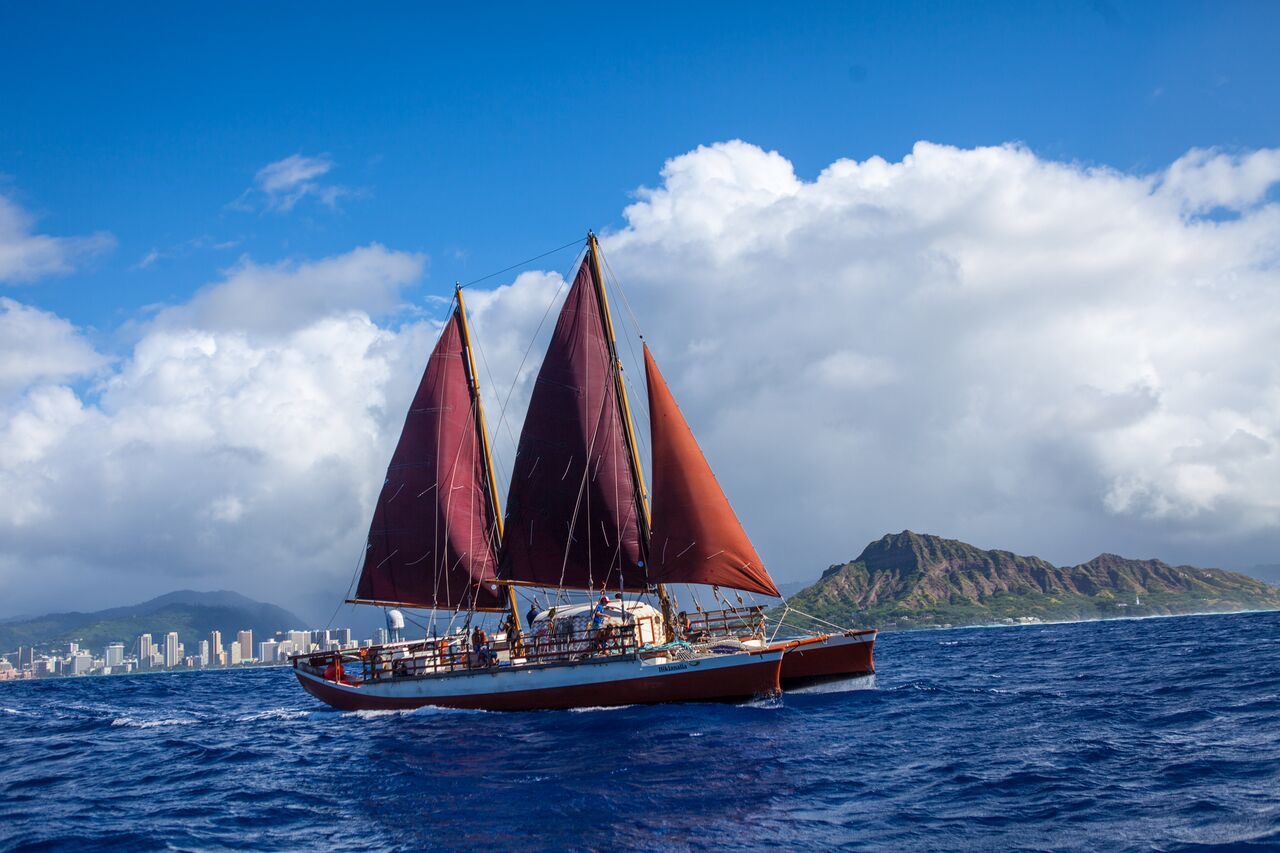
Nature and Culture: The Journey Continues
In the conservation world the two faces of nature and culture have become more of a dichotomy than a duality. And yet there is growing recognition that only by taking a more holistic approach can the field address the most urgent issues facing our planet – climate change, urbanization, and the transformations wrought by globalization.Selected reports concerning this nature-culture dialogue are now available in the most recent issue of the George Wright Journal titled “Nature – Culture Journeys: Explorations on Shared Terrain”, the journal shares best practices, insights and examples, as well as personal reflections of the intersections between these two fields.
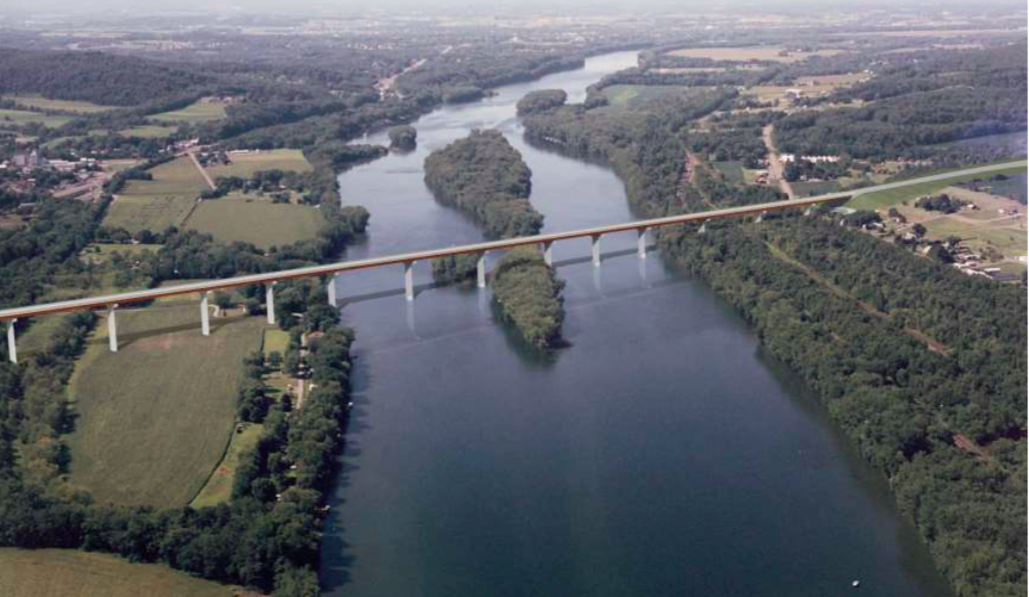
Highway Planning on a Landscape Scale: The Next Generation
What happens when a highway project, long planned to improve the functionality of the overall transportation system, runs up against new designations that look at the value of resources on a landscape scale? How can infrastructure development manage this changing landscape? After all it does not look like this kind of thinking is going away. Read the back story and some recommendations for the future.
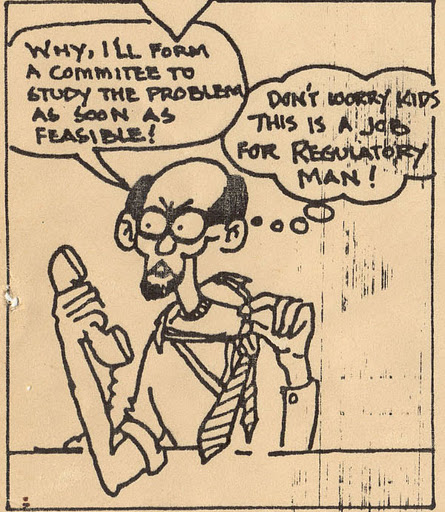
Cultural Heritage, Environmental Impact Assessment, and People
Government development projects, really any large infrastructure projects, have the potential to damage the environment, which includes its cultural heritage aspect. While most nations have put in place a process to assess such impacts, as applied to cultural resources the process seems formulaic, does not address impacts to the broader cultural landscape, and ignores or discounts what the communities value as their heritage and what is important for their living traditions.

The Value of the George Wright Society Conference
The events of the past year, along with the ongoing crisis of global climate change, all underscore the need for a robust system of protected areas that can serve as sites of dialogue, research, and rejuvenation. But how do we ensure that these sites, which vary tremendously in their scale and their approaches to land management, remain connected to one another? What mechanisms can be put in place to facilitate knowledge exchange among staff, partners, and volunteers? And how can we continue to bridge the artificial divides of science / humanities and nature / culture that (still) remain so pervasive?

Interpreting histories of pollution
Do we need more historic sites that addresses the effects of pollution as well as remediation on the landscape. The Berkeley Pit in Butte, Montana provides one example of this type of location.

Nature and Culture: The Journey Continues
In the conservation world the two faces of nature and culture have become more of a dichotomy than a duality. And yet there is growing recognition that only by taking a more holistic approach can the field address the most urgent issues facing our planet – climate change, urbanization, and the transformations wrought by globalization.Selected reports concerning this nature-culture dialogue are now available in the most recent issue of the George Wright Journal titled “Nature – Culture Journeys: Explorations on Shared Terrain”, the journal shares best practices, insights and examples, as well as personal reflections of the intersections between these two fields.

Highway Planning on a Landscape Scale: The Next Generation
What happens when a highway project, long planned to improve the functionality of the overall transportation system, runs up against new designations that look at the value of resources on a landscape scale? How can infrastructure development manage this changing landscape? After all it does not look like this kind of thinking is going away. Read the back story and some recommendations for the future.

Cultural Heritage, Environmental Impact Assessment, and People
Government development projects, really any large infrastructure projects, have the potential to damage the environment, which includes its cultural heritage aspect. While most nations have put in place a process to assess such impacts, as applied to cultural resources the process seems formulaic, does not address impacts to the broader cultural landscape, and ignores or discounts what the communities value as their heritage and what is important for their living traditions.


